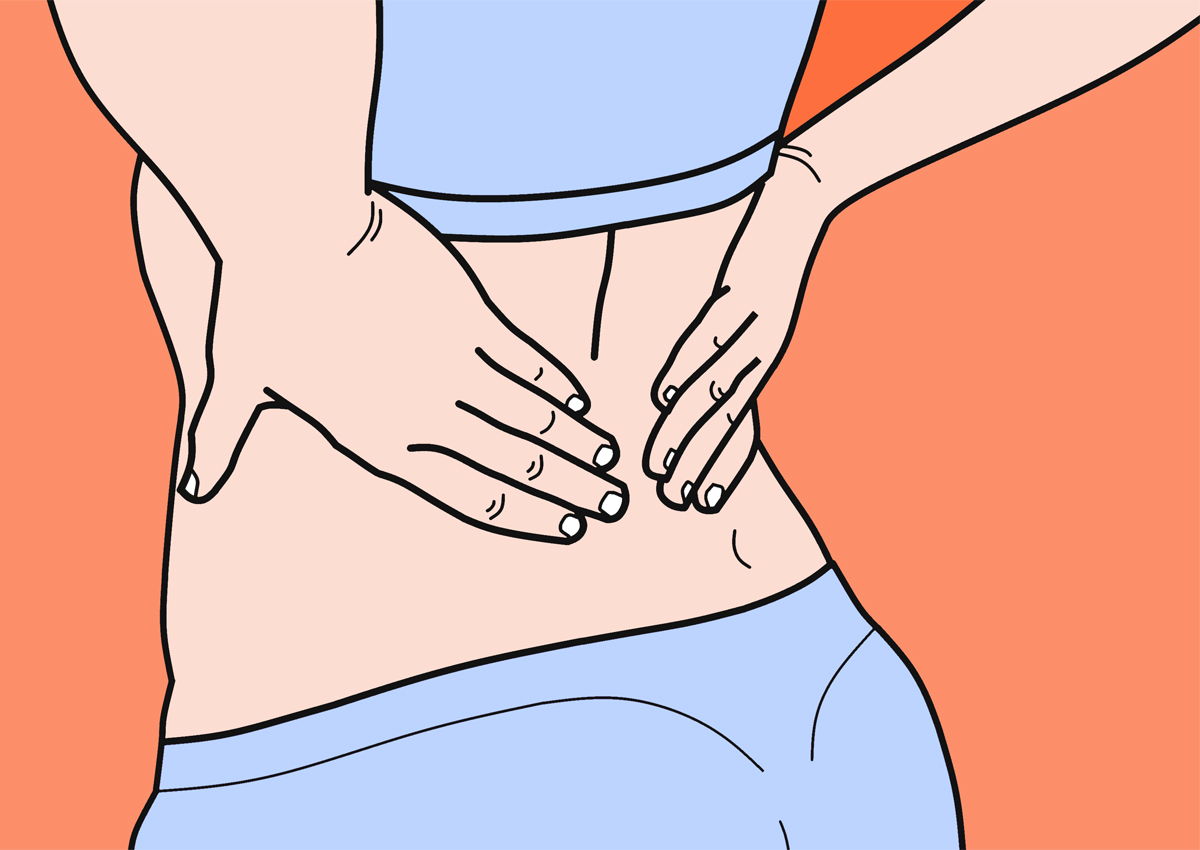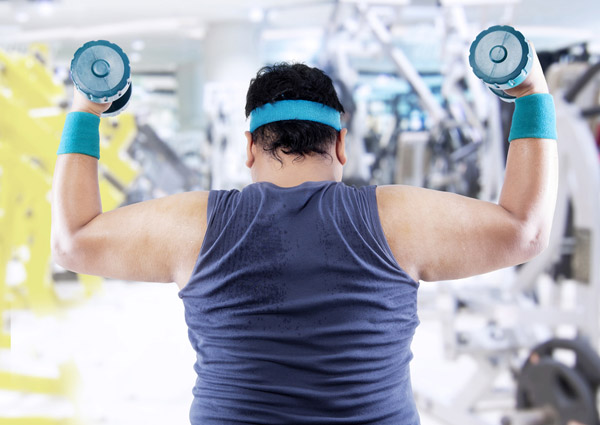Osteoporosis: how to keep your bones strong

Osteoporosis is a silent disease. By taking preventive measures and going for early screening, you can manage your osteoporosis risk before it is too late.
Osteoporosis is a disease that weakens bones by reducing bone mass and density. It can be due to hormonal imbalance (secondary osteoporosis), menopause (postmenopausal osteoporosis) or ageing (senile osteoporosis).
About 25 per cent of people aged 70 – 79 years suffer from osteoporosis, with the number of women doubling that of men.
Dr Chua Soo Yong, orthopaedic surgeon at Mount Elizabeth Hospitals, explains the grave consequences of osteoporosis but emphasises how it is a preventable and treatable disease that necessitates early action.
SIGNS OF OSTEOPOROSIS
The truth of the matter is that osteoporosis is a silent disease. The most common early sign of osteoporosis is a fracture – until a bone fractures, a patient may not know that they have osteoporosis.
Hence, the most important treatment is prevention.
Osteoporotic fractures typically affect 3 regions – the spine, the wrist and the hip.
Patients who sustain spinal osteoporotic fractures tend to experience back pain, a worsening stooped posture, or, less commonly, paralysis.
Wrist fractures typically present when the patient falls on an outstretched hand and the wrist takes the brunt of the impact, resulting in a deformed wrist.
Hip fractures bring the worst news of them all. It is estimated that 800 – 900 hip fractures occur in Singapore every year due to osteoporosis.
Over the past 3 decades, hip fractures in women aged 50 and above have increased five-fold from 75 cases to 402 cases per 100,000 of the population. Among men aged 50 and above, hip fractures increased from 103 cases to 152 cases per 100,000 of the population.
There is a saying that ‘hip fracture is the harbinger of death’. In Singapore, about 1 in 5 patients pass on within a year of sustaining an osteoporotic hip fracture. 1 in 3 patients eventually have to be in a wheelchair or bedridden.
IS IT ALL BAD NEWS?
The good news is that osteoporosis is preventable to a certain extent based on our lifestyle choices.
Because our bone mass peaks in young adulthood, taking measures to keep our bones strong is important as we continue to advance into our twilight years.
Some measures include doing weight-bearing exercises, consuming a diet adequate in calcium and vitamin D, being out in the sun regularly and avoiding smoking and excessive alcohol intake.
AM I AT RISK?
Osteoporosis may affect anyone but the following groups are more at risk:
Gender – Females are more at risk than men. They have smaller bones and lose bone mass more rapidly than men due to postmenopausal hormonal changes.
Age – The older you are, the higher your risk of osteoporosis. This is because our bone mass starts to decline after it reaches its peak in young adulthood.
Race/ethnicity – Caucasians and Asians are at higher risk than darker-skinned races.
Family history – Individuals with a family history of osteoporosis are more predisposed to osteoporosis.
You may wish to have a quick estimation of your risk of osteoporosis based on this quick 1-minute questionnaire provided by the International Osteoporosis Foundation.
You may also wish to calculate your risk of fractures with the World Health Organisation’s fracture risk assessment tool (FRAX).
I HAVE OSTEOPOROSIS – CAN YOU HELP ME?
The other good news is that osteoporosis is highly treatable.
For patients who have an underlying medical condition, eg. a hormonal imbalance which has led to the osteoporosis, treating the underlying condition usually solves the problem.
There are also medications to treat osteoporosis. Besides ensuring you get sufficient calcium and vitamin D intake according to your age, activity and pregnancy status, your doctor will advise you on suitable osteoporosis medication.
Essentially, these medications would either prevent further bone loss (anti-resorptive), or help to build up bone mass (anabolic). The anti-resorptive medications help your body retain its existing bone while building up its own bone through dietary and environmental stimulants. The anabolic medications directly stimulate bone growth.
You should only start on either type of medication after consulting your doctor, to ensure that you get the safest and most effective form of treatment suited to your need.
FINAL ADVICE
Osteoporosis is a ‘silent’ disease that can go undiagnosed until it is too late. By speaking up and creating awareness about osteoporosis, you can help reduce the potentially serious consequences of this highly treatable disease.
Think you’re at risk of osteoporosis? If you’d like to know how diet modifications can help lower your risk, consulting a dietitian is a good idea.
This article first appeared in Health Plus, an online health and wellness web resource developed by Mount Elizabeth Hospitals, Singapore.
Published at Sat, 23 Sep 2017 12:00:00 +0000





